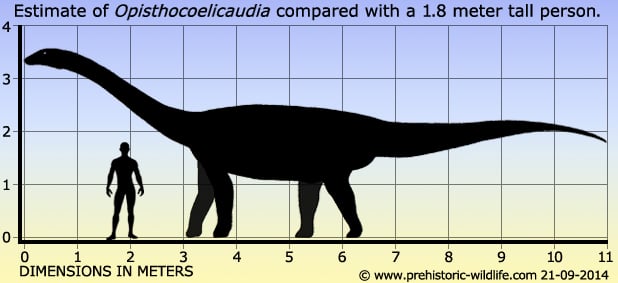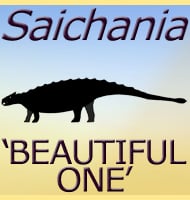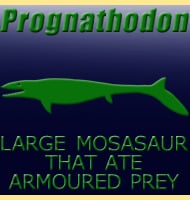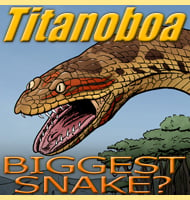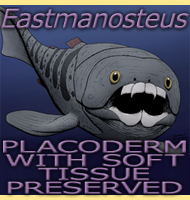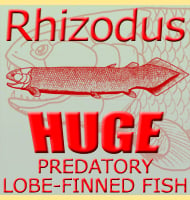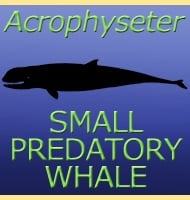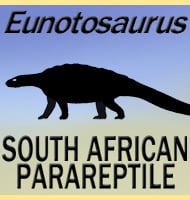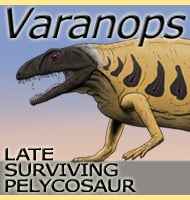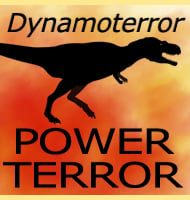In Depth
Opisthocoelicaudia is a bit of a mouthful to say but is based upon the structure of the caudal vertebrae. The vertebrae connect in a ball and socket fashion, and while the socket part is usually found to point forwards, it’s actually reversed to point backwards in Opisthocoelicaudia. Since this initial discovery however the same arrangement has been found in other titanosaurids.
When first named Opisthocoelicaudia was thought to be similar to Camarasaurus, but later study has since found it to be closer to Saltasaurus. The post cranial remains for Opisthocoelicaudia are actually surprisingly complete despite the lack of neck and head. Aside for the back to front orientation of the vertebrae, the caudal (tail) vertebrae also have well developed attachments for strong muscles and ligaments. Restoration resulted in an upwards curving tail that would have been very rigid, and is thought to have possibly been used as a support for when Opisthocoelicaudia reared up on its hand legs to feed on high growing vegetation. This would have allowed Opisthocoelicaudia to adopt a more stable tripod posture that would have enabled it to feed more comfortably.
The absence of the head and neck as well as tooth marks upon the pelvis and a femur have led to the suggestion that the remains were fed upon by tyrannosaurs, possibly Tarbosaurus which is known from the same area and time. Unfortunately it is not possible to say if Opisthocoelicaudia had been killed or just scavenged by these predators (both answers may be applicable).
Another titanosaurid named Nemegtosaurus is known from the same Formation as Opisthocoelicaudia, but is only known from a partial skull which has led to speculation that it may be the missing head to Opisthocoelicaudia. If ever proved to be correct then Opisthocoelicaudia would become a junior synonym to Nemegtosaurus.
Further Reading
– A new camarasaurid sauropod Opisthocoelicaudia skarzynskii gen. n., sp. n. from the Upper Cretaceous of Mongolia. – Palaeontologia Polonica 37:5-64. – M. Borsuk-Bialynicka – 1977. – Considerations on the phylogenetic relationships of Opisthocoelcaudia skarzynskii (Sauropoda) from the Upper Cretaceous of Mongolia. translated by: Jeffrey A. Wilson – University of Chicago Department of Organismal Biology & Anatomy June, 1997. – L. SAlgado & R. A. Coria – 1993. – Rediscovery of the type localities of the Late Cretaceous Mongolian sauropods Nemegtosaurus mongoliensis and Opisthocoelicaudia skarzynskii: Stratigraphic and taxonomic implications. – Palaeogeography, Palaeoclimatology, Palaeoecology. 494: 5–13. – Philip J. Currie, Jeffrey A. Wilson, Federico Fanti, Buuvei Mainbayar & Khishigjav Tsogtbaatar – 2018.
